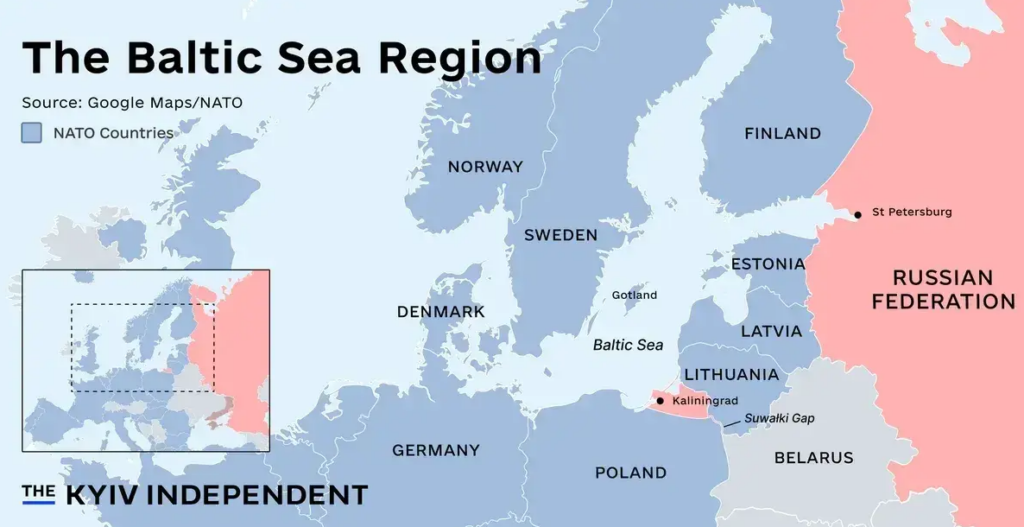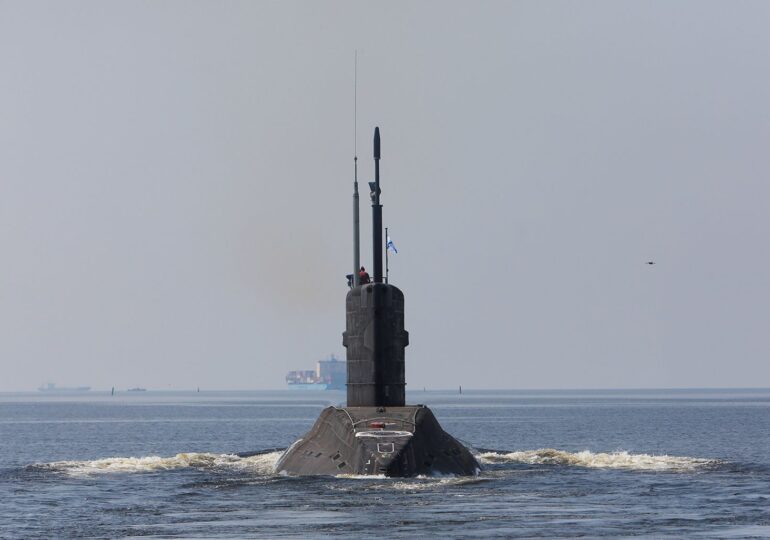Russia has expanded and modernized at least five nuclear-linked bases near European borders in recent years, according to a report by Swedish television SVT, citing recent satellite images obtained from Planet Labs.
Among the most concerning developments is the extensive modernization of an alleged nuclear weapons depot in Kaliningrad, the fortified Russian exclave between Poland and Lithuania, as reported by Kiev Independent.

Photos from May 2025 show the installation of a three-layer fence system, construction of new buildings, and advanced communication equipment.
According to Polish Foreign Minister Radoslaw Sikorski, up to 100 tactical nuclear warheads could be stored in this depot.
Another location targeted for modernization is the former Soviet nuclear storage base Osipovichi in Belarus, where images show the installation of new anti-aircraft defense systems and reconfiguration of railway loading platforms.
In Novaya Zemlya, an isolated Arctic archipelago associated with past Soviet nuclear tests, several new buildings have appeared, suggesting a possible return to testing activities in the near future.
In the Kola Peninsula, near the borders with Finland and Norway, Russia has built around 50 storage bunkers for submarine-launched ballistic missiles, as well as a special pier for loading these missiles onto submarines.
Swedish Defense Minister Pal Jonson stated that his country is "closely monitoring" developments regarding Russia's nuclear capabilities. Sweden officially joined NATO in March 2024, after decades of neutrality, citing increasingly intense threats from Moscow.
The Kremlin has repeatedly used nuclear threats as a means of pressure on Ukraine and Western countries since the large-scale invasion began in February 2022.
Recent revelations intensify concerns about the militarization of sensitive regions at the NATO border.

